Calle Frontal de Cheong Wa Dae (청와대 앞길)
1.3 Km 26816 2022-06-30
Gungjeong-dong, Jongno-gu, Seúl
La calle frontal de Cheong Wa Dae (también conocida como Casa Azul) está abierta al público e incluye el Hyoja Samgeori (intersección de tres calles) en Hyoja-dong y el Palpan Samgeori (intersección de tres calles) en Palpan-dong. Cuando se camina por la calle Hyoja-ro, desde la Estación de Gyeongbokgung del metro, se pueden ver una fuente, el jardín Mugunghwa, y los pabellones Daegogak y Yongbingwan. Al principio de la calle, enfrente de Cheong Wa Dae, árboles y hermosos jardines de flores decoran los dos lados de la misma, creando un agradable lugar para pasear.
Cheong Wa Dae (Casa Azul) (청와대)
1.3 Km 14664 2023-09-13
Cheongwadae-ro 1, Jongno-gu, Seúl
Cheong Wa Dae (también conocida como Casa Azul) se compone del Edificio de la Oficina Principal, Yeongbingwan (Residencia de los Huéspedes de Estado), Chunchugwan (Pabellón de Primavera y Otoño), el parque Nokjiwon, Mugunghwa Dongsan y el santuario Chilgung. Las formas singularmente únicas de los edificios guardan un gran interés. Su estética sigue el estilo tradicional coreano. Las tejas azules y las suaves líneas curvas del techo del edificio principal son bellísimas. Aproximadamente 150.000 tejas componen el techo de Cheong Wa Dae, cada una de las cuales fueron cocidas al horno, en forma individual, de modo que son suficientemente fuertes como para ser usadas por más de un siglo. Mirando hacia la derecha encontrará Chunchugwan. El techo de Chunchugwan fue hecho de las tradicionales tejas de barro cocido y aquí es donde el presidente de la nación llevaba adelante sus conferencias de prensa. A la izquierda de la Oficina Principal, se halla Yeongbingwan. Esta construcción fue diseñada para alojar grandes conferencias y eventos oficiales durante las visitas de los invitados extranjeros. Luce muy lujosa y magnificente con sus 18 columnas de piedra que sustentan al edificio. Asimismo, puede pasear por el jardín Nokjiwon y el valle Mugunghwa. Nokjiwon es donde una sucesión de presidentes plantaron árboles en ocasiones memorables. Allí, hay un famoso árbol que tiene 310 años de edad. El valle Mugunghwa se encuentra lleno de flores de la rosa de Sharon, una fuente y una estatua del ave fénix, que conforman el lugar perfecto para la toma de fotografías. El lugar presenta un paisaje aún más bello entre julio y octubre, cuando las flores mugunghwa, la flor nacional, rompen sus pimpollos y cubren el jardín con su aroma. Todos los obsequios entregados al presidente se encuentran dispuestos aquí en exposición. Desde mayo de 2022, el predio de Cheong Wa Dae se encuentra abierto al público.
Dar un paseo por los alrededores de Cheong Wa Dae es un gran placer, por los paisajes atractivos y peculiares. Estos caminos de paseo se despliegan por un lado del palacio Gyeongbokgung pasando por Cheong Wa Dae y llegando al Parque de Samcheong-dong. El trayecto desde la puerta Dongmun del palacio Gyeongbokgung hasta Cheong Wa Dae es el recorrido más bello. Junto a un camino que se despliega por el centro, se encuentra el Muro de Piedra del Palacio Gyeongbokgung hacia la izquierda, las galerías de arte, y los edificios antiguos hacia la derecha. Junto al Muro de Piedra del Palacio Gyeongbokgung crecen árboles añejos que relajan y reconfortan a los que pasean junto a él. Gracias a sus coloridas hojas, el sendero se convierte en un paseo muy romántico durante la época de otoño. Cruzando la calle se encuentran la Galería Hyundai y el Museo Kumho, entre otros lugares artísticos, y también hay una variedad de cafeterías elegantes.
Residencia Sangchonjae (상촌재)
1.3 Km 0 2023-08-17
Jahamun-ro 17-gil 12-11, Jongno-gu, Seúl
Sarangchae de Cheong Wa Dae (청와대사랑채)
1.3 Km 5151 2023-05-30
Hyoja-ro 13-gil 45, Jongno-gu, Seúl
Sarangchae de Cheong Wa Dae es un espacio donde los visitantes pueden aprender sobre cultura coreana y la historia de los presidentes de Corea. Los visitantes pueden también conocer algunas anécdotas e historias relacionadas con Cheong Wa Dae y sentir el encanto de hacer turismo en Corea.
Haeunjae [Korea Quality] / 하은재 [한국관광 품질인증/Korea Quality]
1.3 Km 0 2021-03-25
68-10, Jahamun-ro, Jongno-gu, Seoul
Haeunjae (下隱齋), meaning “hermit’s residence,” is a hanok (traditional Korean house) residence located in Seochon Hanok Village, near Gyeongbokgung Station on Seoul Subway Line 3. It is dedicated to the ideal of “movies and rest,” and takes after the characteristic form of modern hanok with a small courtyard. The entire house is rented out at once, with a queen bedroom, kitchen, movie room, and two restrooms. Up to 4 guests can reserve the house, with each additional guest above the standard of 2 having access to additional bedding.
The movie room is furnished with a Bose sound system, beam projector, and screen, along with a mobile foot bath. The kitchen is equipped with a refrigerator, hand drip coffee maker, toaster, electric kettle, and utensils. A 10% discount is available for guests staying for more than 2 nights on weekdays, and towel replacement and cleaning services are offered for guests staying for more than 3 nights.
The residence is located close to tourist sites like Tongin Market, Gyeongbokgung and Changdeokgung Palaces, and Samcheong-dong area.
Ca'del Lupo (까델루뽀)
1.3 Km 18619 2020-04-27
5-5, Jahamun-ro 16-gil, Jongno-gu, Seoul
+82-2-734-5233
Ca'del Lupo is an Italian restaurant, closely located to Paris Baguette in Hyoja-dong, Jongno-gu near Gyeongbokgung Palace Station. Though the restaurnat masters delicious homemade Italian cuisine on the inside, the exterior is wholly Korean. This unique combination of Hanok (traditional Korean house) style housing and Western foods is drawing a lot of people to Hyoja-dong. The great mix of both cultures can be seen in the sophisticated decorations and from the amazing food. The herbs they use are picked directly from the restaurant's personal garden. But to enjoy the atmosphere here, you will have to make a reservation far in advance.
OKIN PIZZA (옥인피자)
1.4 Km 5008 2021-03-19
26, Ogin-gil, Jongno-gu, Seoul
+82-2-737-9944
This is a Western cuisine located in Jongno, Seoul. The best menu at this restaurant is pizza. You can eat delicious pizza at hanok, a Korean traditional house.
Mercado Tongin (통인시장)
1.4 Km 3013 2024-01-24
Jahamunro 15-gil 18, Jongno-gu, Seúl.
NUHADANG [Korea Quality] / 누하당 [한국관광 품질인증]
1.4 Km 4321 2020-09-10
49-7, Pirundae-ro, Jongno-gu, Seoul
010-9692-1330
Guesthouse Nuha is a ‘hanok’ or traditional Korean house consisting of four guestrooms located in Nuha-dong, Seochon (west of Gyeongbokgung Palace, Jongno, Seoul) where many Confucian scholars and artists lived during the Joseon Dynasty.
Exuding a refined atmosphere, Guesthouse Nuha is very popular among not only domestic visitors but also foreign tourists who want to experience the flavor of Korea in a cozy hanok. All four guestrooms (An-bang, Sarang-bang, Geul-bang, and Byeol-dang) are covered with eco-friendly hanji (traditional Korean paper handmade from mulberry tree) wallpaper, and are equipped with a thick cotton-wool comforter and pillows imbued with the scent of Hinoki cypress tree to help guests relieve their fatigue.
Breakfast is served free of charge. Guests can also experience traditional Korean culture here, such as playing a Korean musical instrument (janggu or double-headed drum), playing a game of yut in the yard, or wearing hanbok (traditional Korean clothes). Although a local bus service passes through the village, it is highly recommended to take a quiet leisurely around the area.
Hanok Guesthouse Dongchonchae [Korea Quality] / 한옥 게스트하우스 동촌재 [한국관광 품질인증/Korea Quality]
1.5 Km 2 2021-03-26
21-10, Jahamun-ro 11-gil, Jongno-gu, Seoul
Built in 1939, Dongchonchae was designated as Seoul Well Hanok by the Seoul Metropolitan City in 2016. In 2020, this hanok (traditional Korean house) received the Certificate of KOREA QUALITY from the Korea Tourism Organization in the Heritage Hanok field in recognition of its historicity and quality of services. Dongchonjae is located in the western side of Gyeongbokgung Palace, at Seochon. When one passes through its main gate, one sees the yard, with anchae (women's quarters), sarangchae (men's quarters), and byeolchae (detached quarters) surrounding the plot. Anchae has four rooms, daecheong (wood-floored main hall), a kitchen, and a restroom. One of the rooms is used for tea ceremonies as well. Outside of the sarangchae and byeolchae, which are the living spaces for the owners, visitors have free access to the numaru (raised open floor) and the yard. The anchae’s rooms “Bom” and “Yeoreum” can accommodate 2 to 3 adults each, while the rooms “Gaeul” (Tea Room) and “Gyeoul” are optimal for two. The building is rented out as a whole, so no more than one group may stay in the building at any given time. Standard occupancy is four persons, and eight is the maximum number. There are two restrooms, one within the anchae building, one out in the backyard.
Cooking is not allowed in the kitchen, but guests are free to bring in outside food. Experience programs on offer include nighttime exploration of Seoul City Wall, tea ceremony, folk songs, and rice cake making. Additional payment is only required for rice cake making. Guests may choose between two types of complimentary breakfast: Korean, which comes with rice, soup, and three side dishes; and Western, which comes with bread, salad, and coffee. There are a 100-in screen and mini projector for film watching in the yard or daecheong. Towels, toiletries, hair dryer, bottled water, traditional tea, and capsule coffee are included. The kitchen is equipped with kitchen utensils, a microwave, and a coffee pot, enough for instant foods. Guests also have access to refrigerator and washing machine
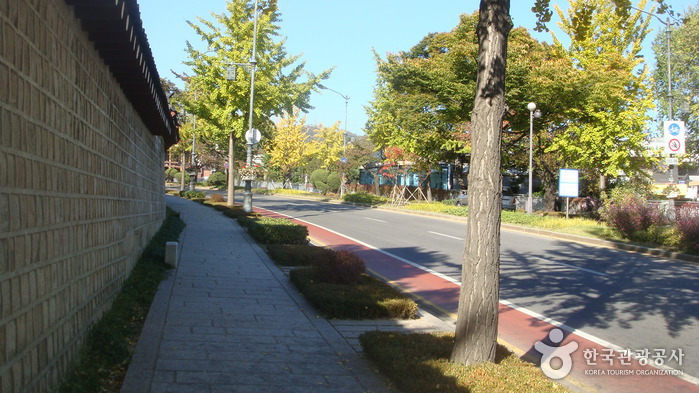

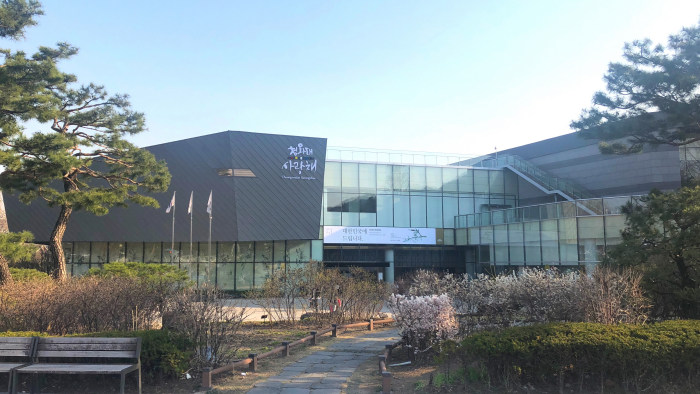
![Haeunjae [Korea Quality] / 하은재 [한국관광 품질인증/Korea Quality]](http://tong.visitkorea.or.kr/cms/resource/88/2707588_image2_1.jpg)
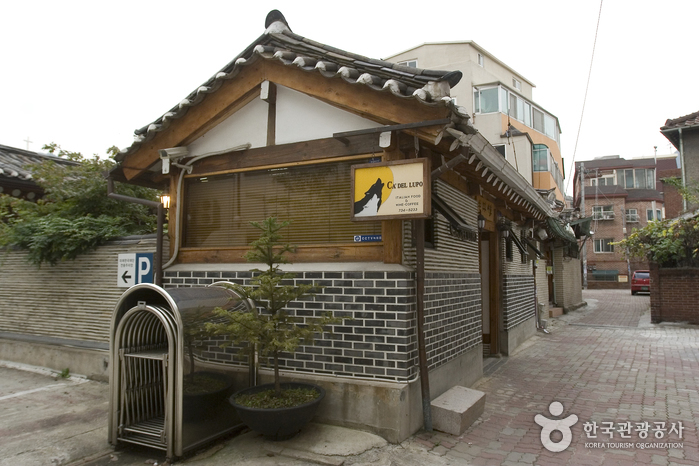
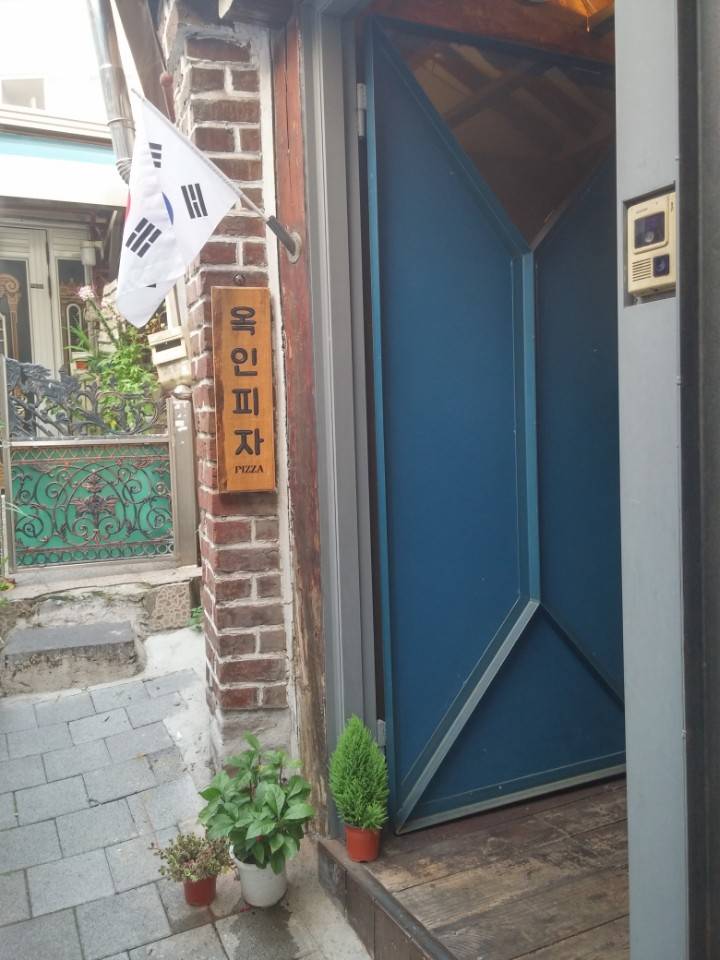
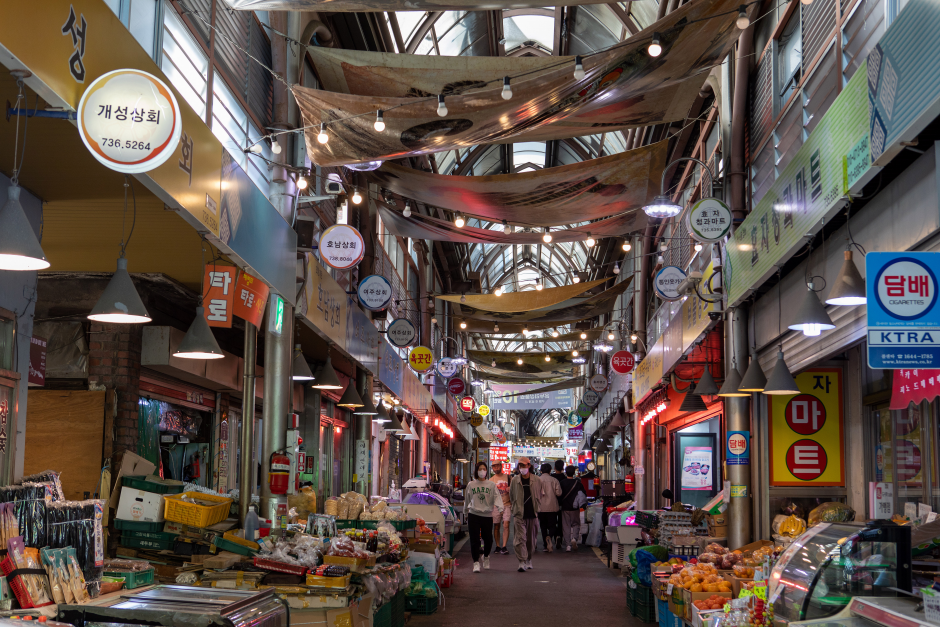
![NUHADANG [Korea Quality] / 누하당 [한국관광 품질인증]](http://tong.visitkorea.or.kr/cms/resource/58/2532358_image2_1.jpg)
![Hanok Guesthouse Dongchonchae [Korea Quality] / 한옥 게스트하우스 동촌재 [한국관광 품질인증/Korea Quality]](http://tong.visitkorea.or.kr/cms/resource/96/2705896_image2_1.jpg)
 Español
Español
 한국어
한국어 English
English 日本語
日本語 中文(简体)
中文(简体) Deutsch
Deutsch Français
Français Русский
Русский